Like the Learjet in the Carly Simon song, the Piper Archer had flown north for its pilot to observe a total eclipse of the sun.
On the return flight from Carnarvon, the aircraft departed with full fuel and landed at Geraldton before heading home to Jandakot. The trip went smoothly until about 10 kilometres north of Perth; however, the pilot had just descended to 2,000 feet AGL to comply with airspace restrictions. This would add significantly to the drama that was imminent.
‘As the pilot was tracking coastal over water, engine power subsided to idle power over a couple of seconds then recovered to cruise power,’ the report into the accident by the Australian Transport Safety Bureau (ATSB) says. ‘In response, the pilot selected the mixture control to full RICH and carburettor heat to ON. The electric fuel pump was already selected ON because of the pilot’s method of usage and that selection was not changed. Although continuous use of the electric fuel pump was contrary to the pilot operator’s handbook (POH), this was not a factor in the occurrence.
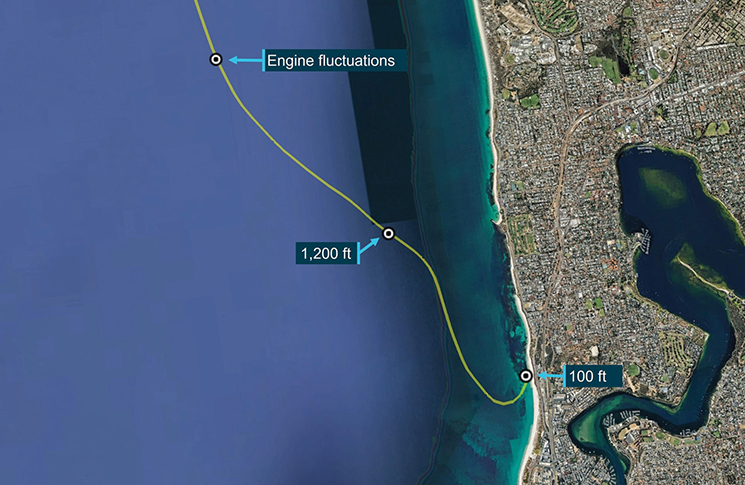
‘Engine power then subsided and recovered a number of times over a period of about 2 minutes. There were no indications of a mechanical failure, and the pilot looked at the instruments but was unable to recall any indications after the event.
As the pilot was tracking coastal over water, engine power subsided to idle.
‘The pilot was unable to maintain height and decided to turn into wind for a forced landing on the adjacent beach but there were a number of people on the beach. Instead, the pilot decided to ditch the aircraft in the ocean as close to shore as possible.’
After the ditching, the pilot and passenger were not injured and swam to shore.
Fuel and other factors
The ATSB found while the aircraft departed Carnarvon with sufficient fuel for the intended flight to Jandakot via Geraldton, the pilot did not carry out regular fuel quantity checks in accordance with regulatory guidance or keep a written log of the fuel used from each tank.
‘During cruise at 1,900 feet, engine power subsided to low power then returned to normal power,’ the report says. ‘This occurred a number of times, probably because of a lack of usable fuel in the selected (right) tank. The pilot responded to the engine power anomalies by carrying out some of the emergency procedures but did not select the other (left) tank, which contained usable fuel. Consequently, engine power was not restored and the pilot carried out a forced ditching into the ocean near a beach.’
Before leaving Geraldton on the day of the incident, the pilot had drained a significant amount of water from both tanks. However, the bureau found it was unlikely there was a significant amount of water remaining in the fuel when the incident occurred several hours later.
The engine had been in service for 28 years since overhaul and 13 years since a bulk strip, which was more than double the recommended time before overhaul of 12 years,’ the report says. ‘However, given no engine defects were identified, and the required maintenance was carried out, this was not identified as a factor in that occurrence.’
Costly lessons: the pilot
The pilot bought the aircraft in March 2022 to gain the hours required for a commercial pilot’s licence. At the time of the incident, the pilot had 360 hours.
As is customary for this type of aircraft, the POH advised that to maintain best lateral trim, fuel should be used alternately from each tank at one-hour intervals. Mixture should be leaned above 5,000 feet. ‘The pilot confirmed that their usual practice was to change fuel tank selection every hour and that this was prompted by the fuel gauge indicating 10 US Gals had been consumed,’ the report says.
The pilot had flown this route multiple times and had an expectation of the fuel needed. ‘For the return flight to Jandakot, the pilot advised that they did not compile a flight plan or maintain a fuel log.’
The flight time from Carnarvon to when the engine lost power was 4 hours 15 minutes. The aircraft began with full tanks – 180 litres – and the estimated fuel burn was 33 litres per hour, or 140 litres; that meant the estimated fuel still on board was 40 litres.
The dry question
So, why did the aircraft ditch in the ocean if it had enough fuel to reach its destination?
The bureau compiled a retrospective fuel log based on the pilot’s recollection of the fuel tank selections. This approximation suggested 34 litres in the left tank and 6 litres in the right, at the time of the incident.
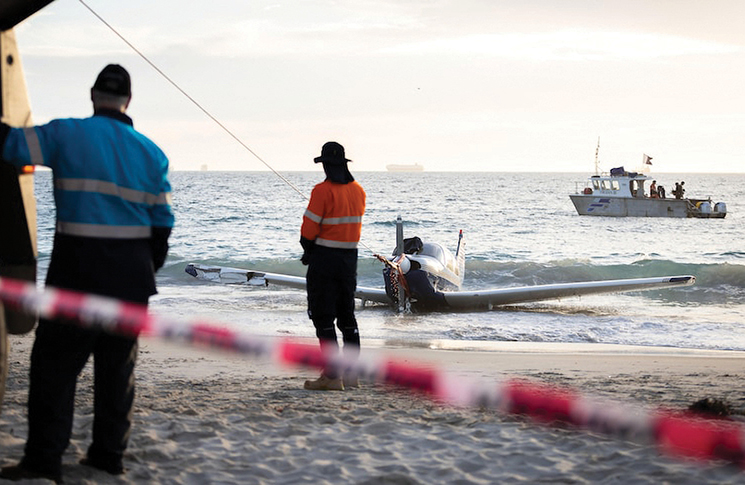
CASA provides guidelines for aircraft fuel requirements in Advisory Circular AC 91-15 v1.1. According to this, the pilot must determine the amount of usable fuel on board before commencing a flight and it cautions that fuel gauges, particularly on smaller aircraft, may be unreliable.
‘As part of in-fight fuel management, the pilot must ensure that fuel quantity checks are carried out at regular intervals,’ the ATSB report says, citing the CASA guidance. ‘It was implied that the in-flight fuel checks would be recorded in some way such as flight plan or fuel log written entry.’
This would provide a time-based reference to previous in-flight fuel checks. Such documentation could help with identifying trends over time.
After recovering the wreckage of the aircraft, the quantity of avgas drained from the fuel tanks into a container was 30 to 42 litres, but it was not possible to differentiate between fuel drained from the left and right tanks.
The handbook’s procedures for in-flight power loss begin with, ‘Fuel selector – switch to tank containing fuel.’ The pilot overlooked that item and the fuel selector remained on the right tank throughout the engine power loss sequence, the report says.
However, the pilot’s initial training in a Cessna 172 involved memorising a ‘flow’ for forced landings that began at the centre of the aircraft, then moved left. ‘In this case, the pilot had started in the middle but did not reach the left-mounted fuel selector because attention was diverted to preparing for the forced landing.’
Log it or lose it
The report concludes that effective fuel management is a key factor in safe completion of a flight. Pilots are required to complete their flight with required reserve fuel untouched. For day VFR, this is 30 minutes for piston-engine or turboprop aircraft of 5,700 kg or less.
‘The pilot did not keep a fuel log during the flight,’ the report repeats. ‘The pilot’s practice was to change tanks using the fuel gauge indications as a prompt, which equated to one-hour time intervals. Some of the intervals were less than one hour and the requirement to land and take-off on the fullest tank could disrupt simple rule-based fuel management.’
Could you have done the same as this pilot, whose actions were so easily unpicked in the glaring light of hindsight? Are you sure? Don’t be so vain as to think this sad song could never be about you.
CASA Aviation Safety Adviser Terry Horsam says fuel planning and fuel management are essential to ensure pilots know their fuel state at all phases of flight.
‘We encourage pilots to use the “Time in your tanks” fuel planning card, which is available for free, with postage, from the CASA online store,’ he says.
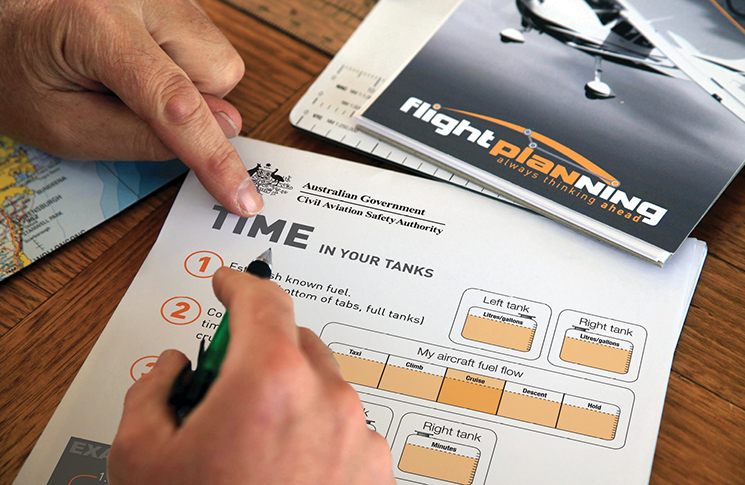


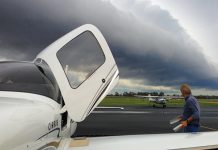

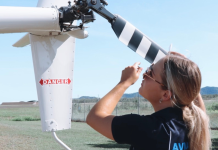

Comments are closed.